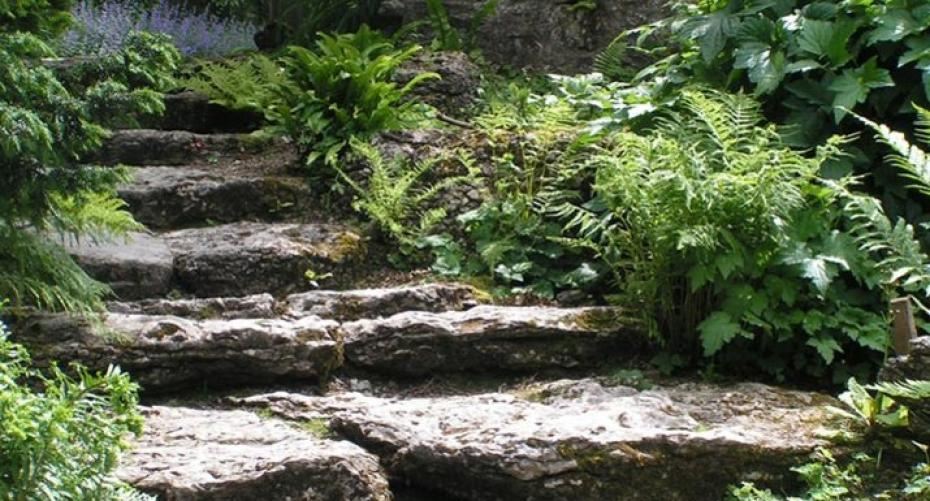Avoid that accident by following these few easy tips
Over 300,000 people are injured each year in the garden, over a third of them are children with men being the next highest group. Men and women in the age bracket 30 – 60 are most likely to have accidents. The proliferation of gardening articles advocating easy gardening is leading to more people making use of their outdoor space, with around 150 million people visiting garden centres each year. Many more people are using their garden for leisure activities leading to a more relaxed atmosphere and not being quite as alert as you would be in another accident prone space, such as the kitchen. So the motto is ‘be alert’, we want to encourage people to make more of their garden not see it as a ‘no-go’ area!
Most common accidents:
Falls (115,000)
Cuts (19,000)
Struck by things (12,600)
Lawnmowers (6,500)
Flowerpots (5,300)
Secateurs and pruners (4,400)
Spades (3,600)
Electric hedgetrimmers (3,100)
Plant troughs and tubs (2,800)
Shears (2,100)
Garden forks (2,000)
Hoses and sprinklers (1,900)
Garden canes and sticks (1,800)
(Source of data: RoSPA – Royal Society for the Prevention of Accidents)
How to prevent accidents
Wear the appropriate clothing and safety gear; thick gloves, sturdy shoes (NOT sandals or flip-flops), thick trousers, goggles when cutting the hedge with hedgetrimmers.
Store chemicals out of the reach of children; 58% of men are more likely to use weedkillers whereas only 38% of women use them, so consider whether you need to use chemicals at all.
Store tools safely; when using them in the garden put them down away from where you are working so that you don’t step back and fall over them.
Don’t leave hosepipes lying around.
Take care with electrical equipment; don’t use in the rain, unplug before replacing cord in strimmers or unclogging the lawnmower and use a cut out which cuts the power if the cable is accidentally damaged.

Don’t leave the barbecue just to nip back into the house, even for a second; make sure you have everything you need before you start.
Take care when disposing of the hot charcoal after the BBQ. Even after the BBQ has finished keep an eye on it, especially if it could be knocked over by children or adults who've had one too many, the charcoal will stay hot for hours.
Place the BBQ on a flat level fire-proof surface such as paving slabs.
Try and make hard surfaces non-slip; for example, put chicken wire over wooden steps. Keep concrete and brick paths and patios free of algae.
Sprinkle sand over the path in winter if it is icy; road salt can damage plants.
Make sure paving slabs are level.
Don’t leave children unattended in the garden if there are expanses of water, for example a stream, pond or paddling pool. Consider whether you really need a pond when children are young. Put sturdy steel mesh over the pond if it is small.

If using a ladder or step ladder make sure it is sound. Have someone hold the base of the ladder or ensure it has rubber, non-slip feet. Place it on a level, solid surface. Make sure the rungs are kept clear of any debris, such as hedge prunings. Ensure the ladder is long enough for you to work comfortably, not at full stretch.
Don't place plant pots on a walkway.


